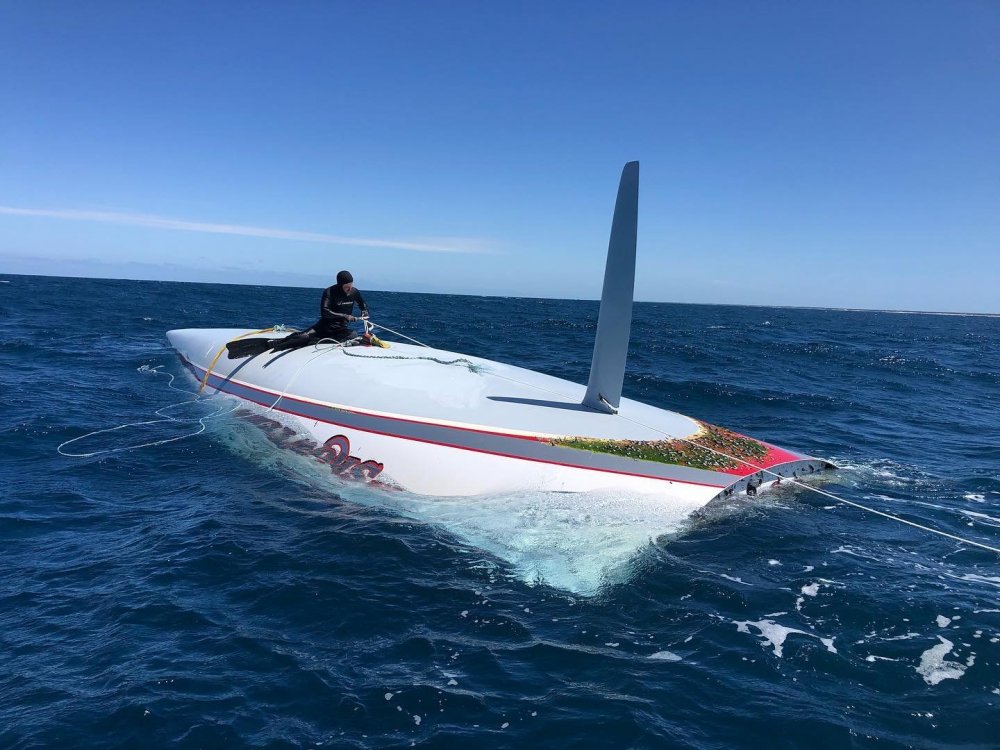Joker
Active member
I had my rudder rebuilt in Southampton. They fabricated a new rudder stock by using a stainless steel pipe, and welding a stainless steel bar onto it. The tangs were attached to the bar. The weld was about 12 inches into the rudder.
One day it failed on me, and the rudder folded through 90°, which was not very helpful.
Later examination showed that it had been corroding for some time – in other words was no clean shiny metal visible at the break.
I have the feeling that welds underwater are not a good idea.
One day it failed on me, and the rudder folded through 90°, which was not very helpful.
Later examination showed that it had been corroding for some time – in other words was no clean shiny metal visible at the break.
I have the feeling that welds underwater are not a good idea.

